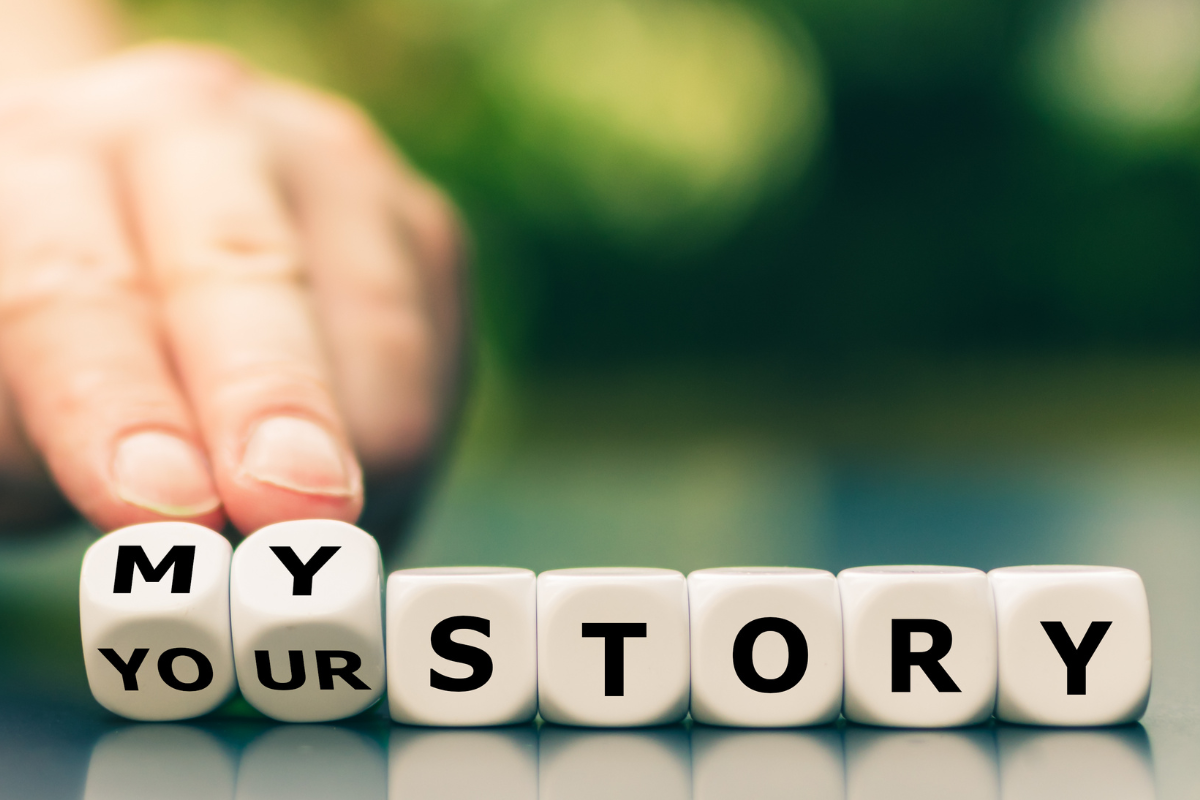
Public relations veteran Toni Sottak says growing your company’s presence is all about telling your story. | FrankHH/Shutterstock
“The most powerful person in the world is the storyteller. The storyteller sets the vision, values, and agenda of an entire generation that is to come.” – Steve Jobs (1994)
In today’s fast-paced, information-driven world, managing your story and effectively sharing it with the media is more important than ever. Media relations play a crucial role in getting your name out there to new audiences and shaping how they perceive you.
At the recent E-Scrap Conference and E-Reuse Conference, I participated in a panel discussion on this topic and thought I’d recap the key points on why sharing your story with the media is important and how you can do it effectively.
What is media relations?
Media relations is often lumped in with marketing and sometimes gets confused with advertising, but it is fundamentally different. While advertising is what you say about yourself, media relations is what others say about you. It involves getting others, such as the media and your community, to buy into your story and repeat it. This independent validation adds credibility and has a wider and deeper impact than what you say on your own.
The value of media relations
Earning media coverage matters more than ever in today’s information overloaded world. It brings credibility, enhances your company’s reputation, and increases your reach and visibility. By talking to the media, you can reach a wider audience that may not have found you through your own marketing efforts. Additionally, being quoted and covered in the media positions you as an expert in your field, differentiating you from competitors. Furthermore, media coverage has a long-lasting impact, helping extend your digital footprint with SEO, sharing on social media and your own website, it provides multiple opportunities for exposure.
Understanding the media
The “media” is not one group. All media outlets are not the same. It’s important to consider the end audiences of the outlets you are approaching. There are different types of media, ranging from local and community news to industry trade and specialty publications to national tech and business outlets. Each has its own audience and focus. While they may differ in who they reach and what they cover, all media is after a good story – something newsworthy, timely and connected to current issues or trends.
Where to start
Reaching out to the media can be overwhelming and intimidating, but it doesn’t have to be. The best way to start is small and locally and by making a conscious effort to communicate externally. Utilize blogs, your website and email to make external communication an integral part of your process.
By putting your story out there – on your own channels and ones you control you can start to get a good idea of the kinds of information the media may be interested in. One good idea is to find ways to educate outside audiences on what your business is all about and why it is important. When engaging with the media, remember that they will not be familiar with your day-to-day world. Your job is to help them understand by explaining what you do in a clear and relatable way. Seek to educate and provide a new or unique perspective on industry trends and issues.
Ways to tell your story
News is what drives most media, but the media will cover more than just hard news. Reporters are always open to new and interesting stories that help their readers, viewers or listeners. You can engage with the media by discussing topics they are already covering or by repurposing your own content (such as blogs and case studies) as contributed articles or viewpoints, as long as you add a unique perspective or twist.

Toni Sottak
Members of the media love visuals and data. If you have a lot of data to share with the media, try making it more digestible by putting it in a graphic or relating it to something else.
One thing that is talked about a lot in this industry is electronic waste. E-waste is often described in metric tons, but that is not always a clear concept. If we say, “Fifty-three million tons of e-waste were generated worldwide in 2019,” do you have a clear picture of what that looks like? Whenever possible, it is good to translate this type of information into something everyone can relate to. So in this example, if we try to convey what 53 metric tons really looks like, we can convert it into something everyone can visualize – the Statue of Liberty, for example. The Statue of Liberty is estimated to weigh 225 tons – so 53 million tons could be the same as 235,556 Statues of Liberty. Now that’s a visual that can make an impact. Being visual and creative can capture attention and make your story more memorable.
One thing to remember about media relations is that it is a process, not an event. Just as important as having a good story is your timing and a little bit of luck! Making a conscious effort to engage with the media – putting time and attention and a little bit of resources toward it – can have a huge and meaningful payback. The value gained by companies with positive media profiles is priceless. Just think of the top companies that come to mind, and most if not all of them have, invested in media relations to help form their reputations. Building relationships with the media takes time and effort. However, by effectively sharing your story through media relations, you can inspire and influence how audiences think of you and ultimately shape the vision, values and agenda of future generations.
Toni Sottak is managing director of Wired Island International, a public relations firm based in Charleston, S.C. She has led the company for nearly 26 years.
The views and opinions expressed are those of the author and do not imply endorsement by Resource Recycling, Inc. If you have a subject you wish to cover in an op-ed, please send a short proposal to [email protected] for consideration.
A version of this story appeared in Plastics Recycling Update on Oct. 10.

